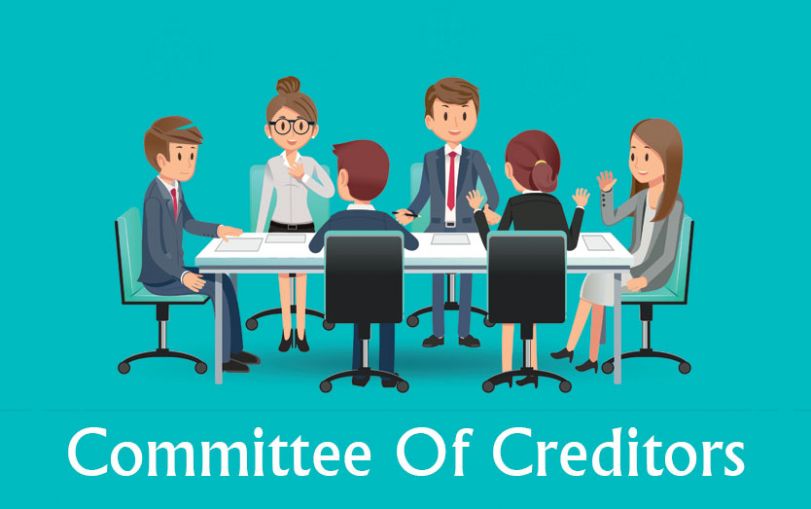Benefits of a creditors’ committee

Creditors in a statutory insolvency procedure should establish a creditors’ committee if they want to influence proceedings, set the basis for the insolvency practitioner’s fees, and increase dividends for the general body of creditors.
A creditors’ committee consists of 3 to 5 people who are responsible for setting the basis of the insolvency practitioner (IP)’s remuneration. Creditors’ committees are essential to the insolvency process, but they empower creditors so IPs tend to avoid them.
Usually, the insolvency practitioner will notify creditors by sending a proposal with resolutions asking them:
- To pay the IP’s outstanding and proposed fees
- Not to form a creditors’ committee
Creditors must vote to either accept or reject the resolutions. Most simply tick the boxes and post the documents back. But few creditors are aware or understand that by voting blindly in this way, they’re telling the IP:
“You are free to charge whatever fees you like. Additionally, we promise not to form a committee to oversee how you work and pay yourself.”
As individuals, creditors have very little control over the insolvency practitioner or their work. But creditors who establish a creditors’ committee get to:
- Determine the IP’s pay package
- Supervise the IP’s transactions
IPs avoid creditors’ committees
Establishing a creditors’ committee is a basic creditor right. Nevertheless, IP resolutions asking creditors not to form 1 have become popular.
It’s a strange situation because although IPs are employed by creditors, they routinely avoid supervision by and accountability to them.
Furthermore, very few creditors realise that forming a creditors’ committee can drastically reduce the IP’s fees. In many cases, the savings allow for creditors to receive a greater dividend, and more quickly.
For example, last year 1 of our clients was owed money by a company that entered administration. The administrator / IP charged over £200,000 for the first 8 weeks of work, and proposed:
- Placing the company into liquidation after 10 months of administration
- Charging a further £200,000 in administration fees
- Charging £200,000 in liquidation fees
In response, Insolvency & Law utilised the power of the creditors’ committee and asked the IP to:
- Reduce their initial £200,000 charge to £120,000 (40% saving)
- Reduce their £200,000 liquidation fee to £100,000 (50% saving)
- End the administration immediately, and place the company into a creditors’ voluntary liquidation (CVL)
This strategy increased the amount paid out to creditors by £380,000. Moreover, the length of time the client had to wait before receiving a payment was drastically reduced.
The 79th Group- Administration Update And What It Means for You as a Loan Note Holder
Over the past few weeks, a wave of The 79th Group companies has collapsed into formal administration, putting millions of pounds of Loan Note Holders…
Read MoreWho’s Behind Billy Jackson? Uncovering the Team and the Companies
Part 3- Unravelling the Team Behind Billy Jackson Executive Summary -Billy Jackson operates a network of companies heavily reliant on Loan Note investments, many of…
Read MoreThe 79th Group Update-What You Need To Know
Administrations, Court Cases, and What Loan Note Holders Must Know Now The financial collapse of companies within The 79th Group is rapidly entering a critical…
Read MoreT&T Trustees Appoint Administrators to 79th Luxury Living Six
Are Investor Interests Being Protected? A New Twist in The 79th Group Saga Loan note holders in 79th Luxury Living Six Ltd (LL6) were recently…
Read More



